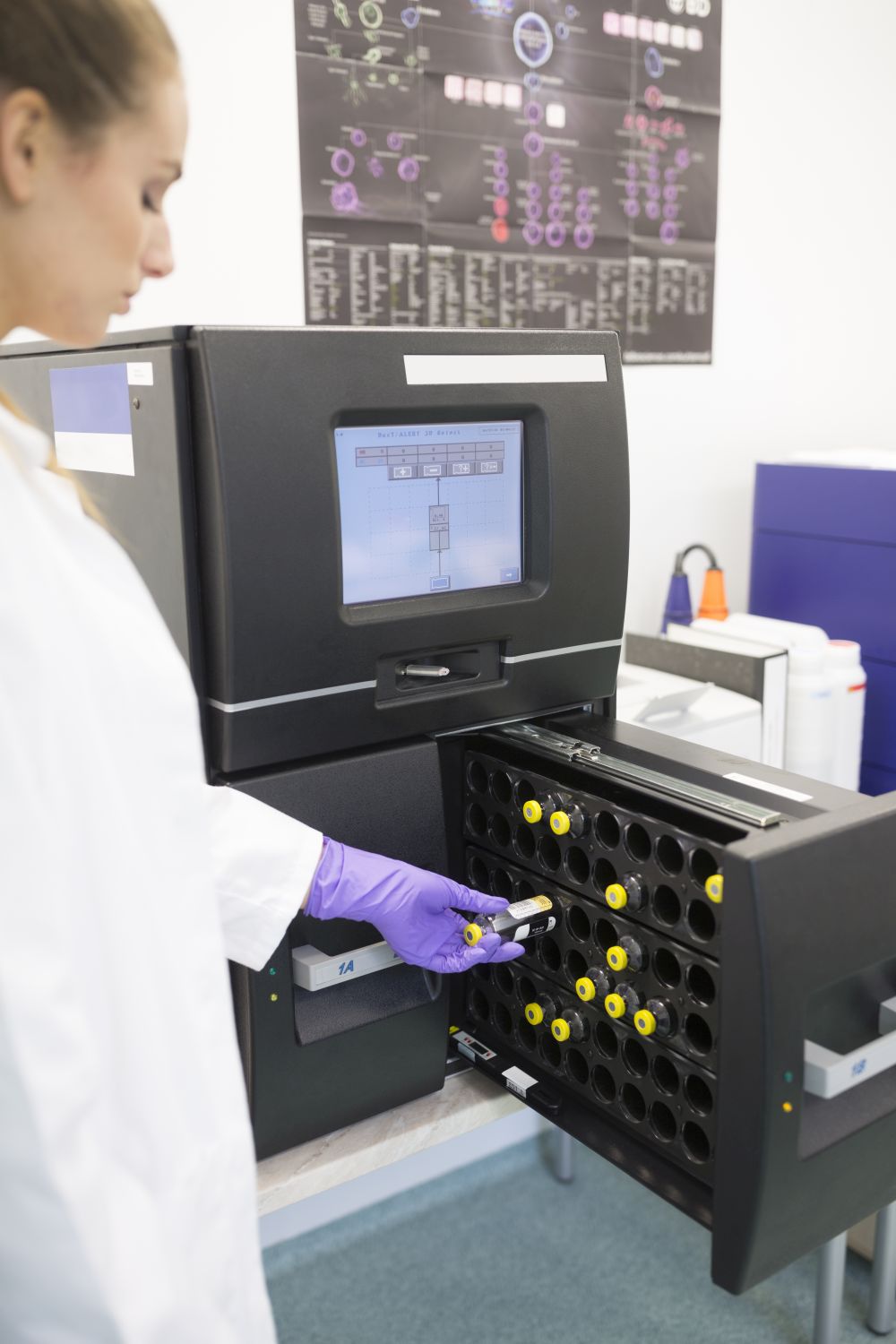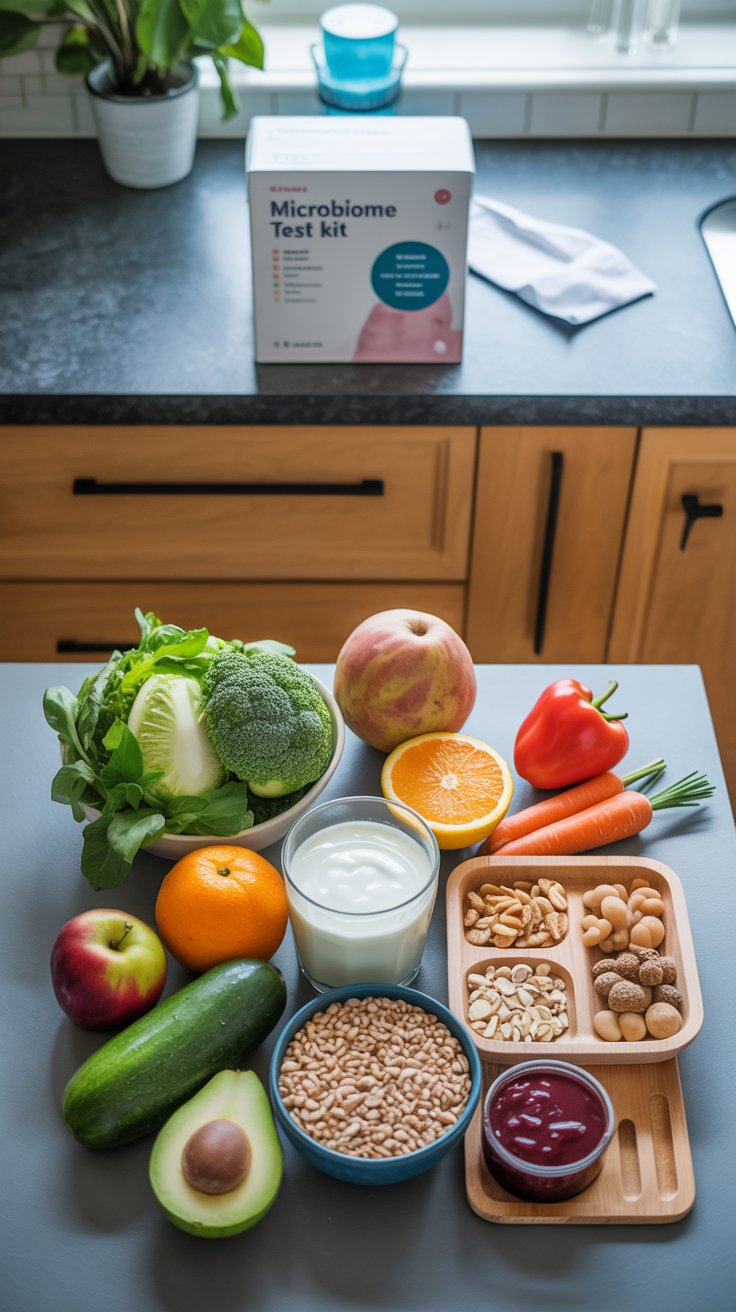Microbiome testing methods have transformed how we understand the trillions of bacteria living in our digestive system, but figuring out which test actually gives you useful information can feel like navigating a maze blindfolded.
I’ll level with you straight up: not all microbiome tests are created equal.
Some provide actionable insights that can genuinely improve your health, while others deliver colorful charts that look impressive but don’t tell you much.
After diving deep into the research and talking with people who’ve used these tests, I’m breaking down everything you need to know about how these tests actually work.
What Are Microbiome Testing Methods?
Think of microbiome testing methods as detective work for your gut. These tests analyze the bacterial community living in your digestive tract to identify which microorganisms are present, how abundant they are, and what that might mean for your health.
Your gut microbiome contains more bacterial cells than you have human cells in your entire body.
These microscopic organisms influence everything from digestion and immune function to mood and weight management.
Testing methods help map this internal ecosystem so you can make informed decisions about diet, supplements, and lifestyle changes.
Understanding how your gut microbiome works provides essential context for interpreting your test results.
How Do DNA Sequencing Tests Work?

The most common approach to gut microbiome analysis relies on DNA sequencing technology. You collect a stool sample at home, mail it to a lab, and scientists extract bacterial DNA to identify which species are present.
16S rRNA gene sequencing targets a specific genetic marker that bacteria carry, allowing researchers to identify and classify different bacterial species in your sample. This method provides a broad overview of your microbial community without breaking the bank.
Shotgun metagenomic sequencing takes things further by reading all the genetic material in your sample, not just one marker gene. This approach costs more but delivers deeper insights into bacterial species, their genes, and what functions they might be performing in your gut.
What About Culture Based Testing Methods?
Culture based methods represent the old school approach to studying bacteria. Labs grow bacterial samples in petri dishes under specific conditions to see what flourishes.
The advantage?
This technique identifies living, active bacteria and can test how they respond to different antibiotics or treatments.
The downside?
Many gut bacteria refuse to grow in laboratory conditions, meaning culture methods miss a significant portion of your microbial community.
Most modern consumer microbiome tests skip traditional culture methods in favor of DNA sequencing because it captures a more complete picture of your gut ecosystem.
How Accurate Are At Home Microbiome Tests?

Here’s where things get real: accuracy varies wildly depending on which company you choose and what testing method they use.
The technology behind sequencing has become quite sophisticated, but interpreting what those results mean for your health remains challenging. Two people with identical bacterial profiles might have completely different health outcomes based on factors we don’t fully understand yet.
Sample collection matters too. The bacteria in your gut can shift based on what you ate yesterday, how stressed you feel, or whether you recently took antibiotics.
Learn more about how antibiotics affect the microbiome and why timing your test matters. A single snapshot doesn’t tell the complete story of your microbial health over time.
What Do Microbiome Test Results Actually Tell You?
Most gut microbiome testing services provide reports that break down your bacterial diversity, identify dominant species, and compare your results to their reference database.
You’ll typically see metrics like diversity scores, which measure how many different bacterial species live in your gut and how evenly distributed they are. Higher diversity generally correlates with better health outcomes, though exceptions exist.
Many companies flag potential imbalances or deficiencies, then suggest dietary changes or supplements that might help. Take these recommendations with a grain of salt and discuss them with your healthcare provider before making major changes.
Can Microbiome Testing Methods Diagnose Diseases?

Short answer: not really, at least not yet.
While research links certain bacterial patterns to conditions like inflammatory bowel disease, obesity, and depression, including connections between gut health and cardiovascular diseases and the gut microbiome and diabetes, microbiome tests sold directly to consumers aren’t diagnostic tools.
These tests can identify patterns and associations, but they cannot definitively diagnose medical conditions or replace traditional medical testing. If you suspect you have a health problem, see a doctor rather than relying solely on a microbiome test.
That said, tracking your microbiome over time might help you understand how diet and lifestyle changes affect your gut health, which can be valuable information when working with healthcare providers.
What’s the Difference Between Microbiome and Microbiota Testing?
Quick terminology check: microbiota refers to the actual organisms living in your gut, while microbiome includes both the organisms and their genes, proteins, and metabolites. Most consumer tests analyze the microbiota through DNA sequencing.
Metabolomic testing represents an emerging area that measures the chemical compounds your gut bacteria produce. These metabolites might provide more actionable insights than simply knowing which bacteria are present, but this testing approach remains less accessible and more expensive.
How Should You Choose a Gut Microbiome Test?

Before dropping money on any test, consider what you actually want to learn.
Are you dealing with specific digestive issues?
Trying to optimize athletic performance?
Curious about general wellness?
Keep in mind that genetic factors influence your gut microbiome too, which means your results reflect both your environment and your DNA.
Look for companies that clearly explain their methodology, use peer reviewed scientific approaches, and don’t make wild health claims.
Read reviews from actual users, not just marketing materials.
Check whether the company provides personalized recommendations based on your results or just generic information. The best services connect you with healthcare professionals who can help interpret findings and create action plans.
Understanding Microbiome Testing Methods for Better Health Decisions
Microbiome testing methods continue evolving as scientists learn more about how gut bacteria influence human health. While current tests have limitations, they offer fascinating insights into your internal ecosystem that weren’t possible a decade ago.
The key is approaching these tests with realistic expectations. They’re tools for exploration and education, not magic bullets that solve all health problems.
Use them as one piece of information alongside traditional medical care, common sense, and listening to your own body.

FAQs
How much do microbiome tests cost? Consumer microbiome tests typically range from $99 to $399, with more comprehensive analysis costing more.
How often should you test your microbiome? Most experts suggest retesting every 3 to 6 months if you’re actively making dietary or lifestyle changes to see how your gut bacteria respond.
Do you need a prescription for microbiome testing? No, most consumer microbiome tests are available without a prescription, though some advanced medical tests may require doctor authorization.
Can antibiotics affect microbiome test results? Yes, antibiotics significantly alter gut bacteria composition. Wait at least 4 to 6 weeks after finishing antibiotics before testing for more accurate baseline results.
Are microbiome tests covered by insurance? Most consumer microbiome tests are not covered by insurance, though some medical tests ordered by physicians for specific conditions may be partially covered.















